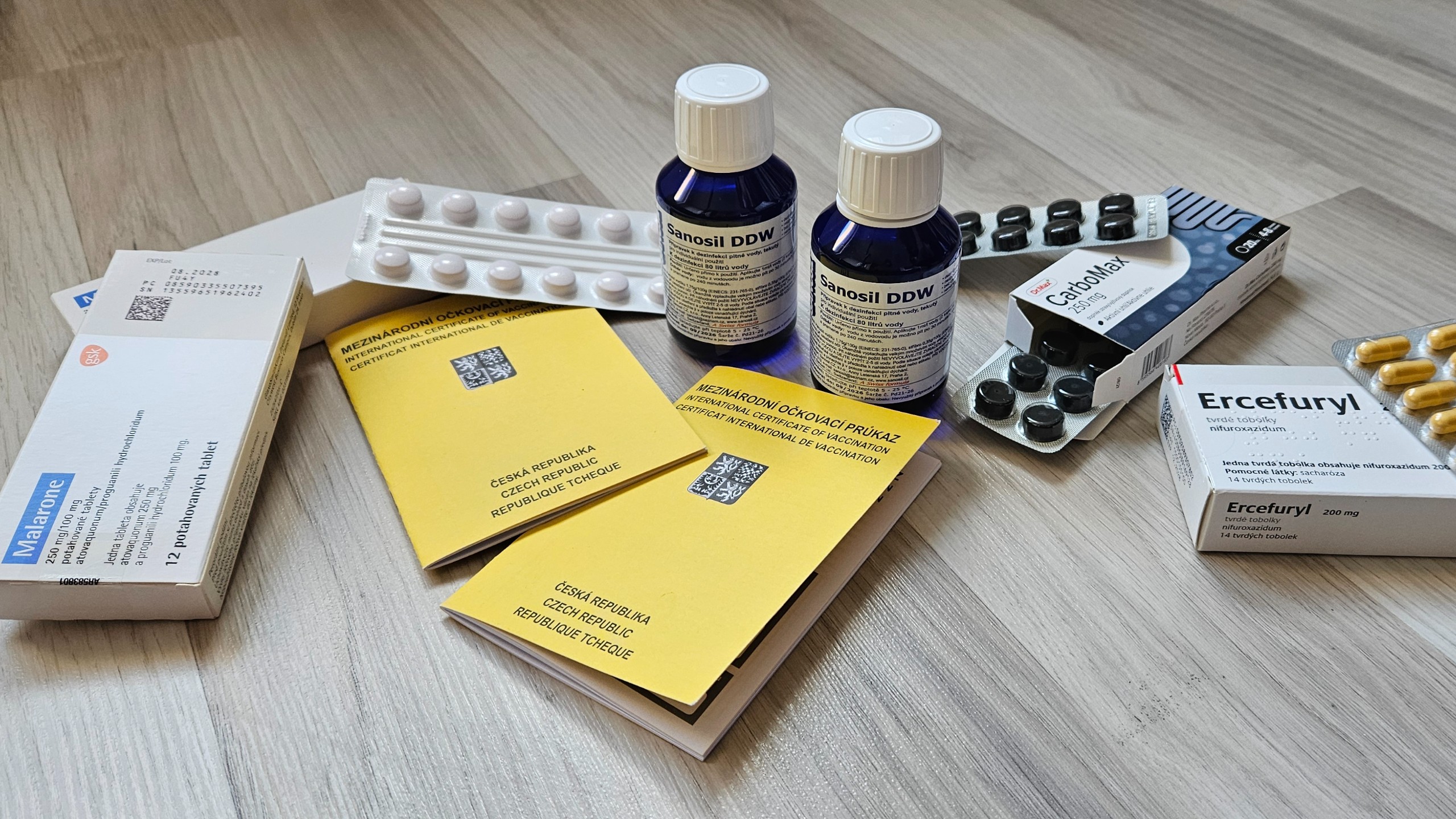
(Reading time: 5 minutes)
We spent several months, on and off, preparing for our trip to Nepal. Compared to Japan/South Korea/Taiwan, the specifics of this destination involve some unique aspects, which are detailed below. Some might find them discouraging, but at the end of the day, it’s just a checklist before the next overseas adventure. Where to begin?
Vaccinations are worth arranging well in advance. You could skip them altogether, but the time and financial savings aren’t worth it (plus, some vaccines last a lifetime).
– Hepatitis A (Avaxim, two doses spaced one year apart) – effective for life after the second dose
– Rabies (Verorab, three doses spaced one and four weeks apart)
– Typhoid fever (Typhin Vi, one dose)
We consulted three doctors from the travel medicine institute in our town, and the above vaccinations were recommended for our destination. If traveling closer to the Indian border (southern Nepal, for example, for visiting a national park or going on safari), you might also consider:
– Yellow fever (Stamaril, one dose) – effective for life
In September 2024, a dengue fever outbreak occurred in Nepal, spread by mosquitoes. There has been a vaccine for it since the end of 2023 (which we found out too late, but had we planned the trip from the start, we would have added this vaccine to the list).
– Dengue fever (Qdenga, two doses three months apart)
Mosquitoes in Nepal can also transmit Japanese encephalitis:
– Japanese encephalitis (Ixiaro, two doses four weeks apart)
Ideally, you’ll want to avoid mosquito bites altogether, so it won’t matter what “poison” they carry. Obvious protection includes long sleeves and pants, loose clothing, and repellents effective against Nepalian mosquitoes (available in pharmacies).
Regardless of the chosen vaccinations or their combinations, it generally takes about 14 days for a vaccine to start working effectively, and some cannot be injected to your body on the same day simultaneously. Factor in the intervals between doses, multiple visits, and you’ve got a plan for several months. As a reward, you’ll collect stamps in your international vaccination card.
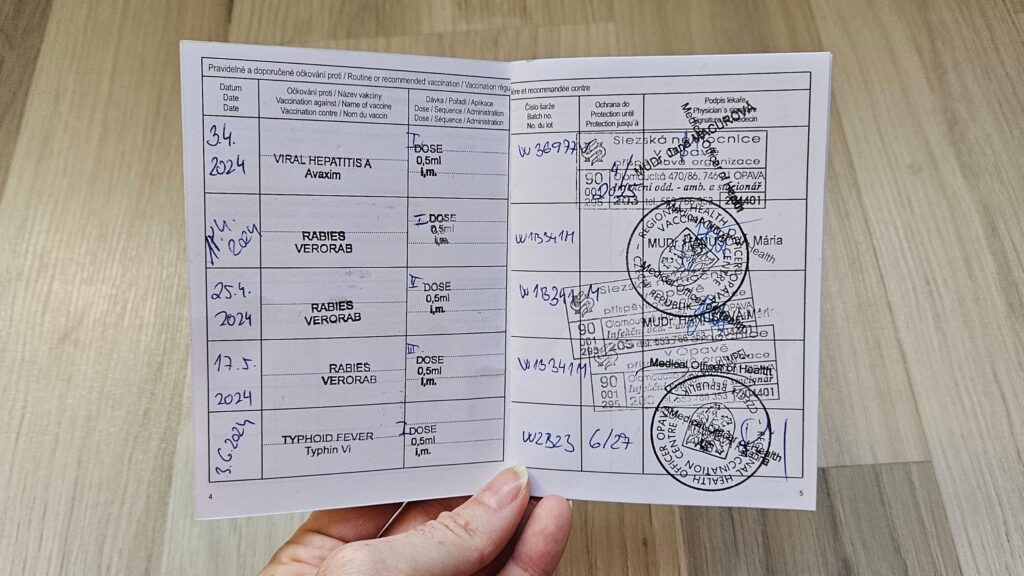
In our country you can also keep track of your vaccinations in the “EZKarta” app but I believe there are more similar apps accross different countries as well. Digitalization makes sense if done right.


In addition to already mentioned hepatitis A, rabies, typhoid fever, yellow fever, dengue fever, and Japanese encephalitis, I’ll add malaria. The good news is that you don’t need a vaccine for it. The reason is simple – there isn’t one.
A vaccine for malaria doesn’t exist yet, but the odds are in your favor. While around 500,000 people die of malaria each year, that’s only 0.00625% of 8 billion (roughly the current global population). You can increase your 99%+ chance of avoiding death by adding antimalarials to your kit:

As per instructions, you start taking the pills (one daily with food) a day or two before you arrive in a malaria-prone area. We haven’t tried it, but supposedly, it’s a strain on the body, causing fatigue, weakness… For comparison, malaria manifests as follows:
“The main symptom is a malaria attack, characterized by chills, shivering, a rapid rise in temperature to 40°C, followed by intense sweating and a drop in temperature. Other symptoms of malaria include anemia, headaches, light sensitivity, muscle pain, nausea, and vomiting.”
When you’re in a pharmacy buying Malarone and mosquito repellent, save yourself a second trip and grab also Sanosil drops. If you’ve heard of Pharaoh’s curse in Egypt, Nepal has its own water-related curse. The water is risky enough that even brushing your teeth with it is not advised. Sanosil is used to disinfect drinking water. 20 drops per liter, 30 minutes of waiting for tap water, 240 minutes for water from streams or wells. The latter is ideal if you’re dying of thirst and set a timer for four hours…
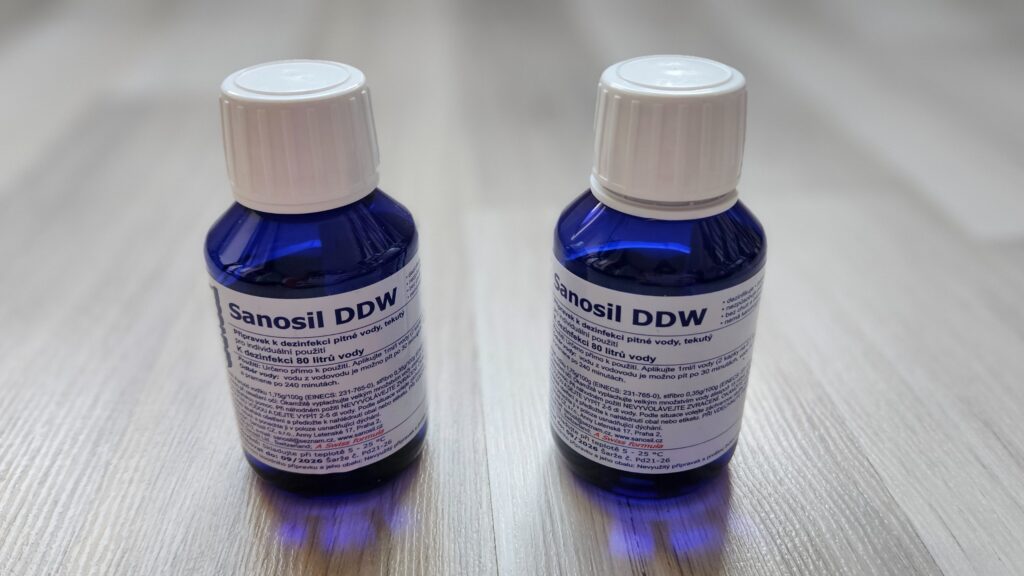
Alternatively, keep activated charcoal on hand, or even better, Ercefuryl:
Now, let’s move beyond the medical aspect and summarize a few other tips:
– speed up immigration by having $50 in cash per person, a passport photo, a printed copy of your passport, and ideally, a pre-filled online form from https://nepaliport.immigration.gov.np/ -> “Entry Visa”
– vendors selling Nepali physical SIM cards might also ask for a passport photo (we tried setting up virtual SIM cards with two local providers and via Revolut, but to no avail, Nepal just isn’t “cool” enough)
– conspiracy theorists might link the lack of virtual SIM card options in Europe with the absence of direct flights to Kathmandu (you’ll always need at least one layover)
– you can exchange Nepali rupees for $ or €, but we always take $ to Asia
– Nepal has three types of power sockets: C, D, and M, type C is the one we use (see our previous article Sockets and their types); for D/M, consider buying an adapter just in case.
– if you’re going to disinfect/boil water, you’ll also want to fry meat, the complete guideline is “boil it, fry it, peel it, or forget it”
– Uber doesn’t work in Nepal, but Bolt does, and Pathao, InDrive, and Tootle are also expanding their services
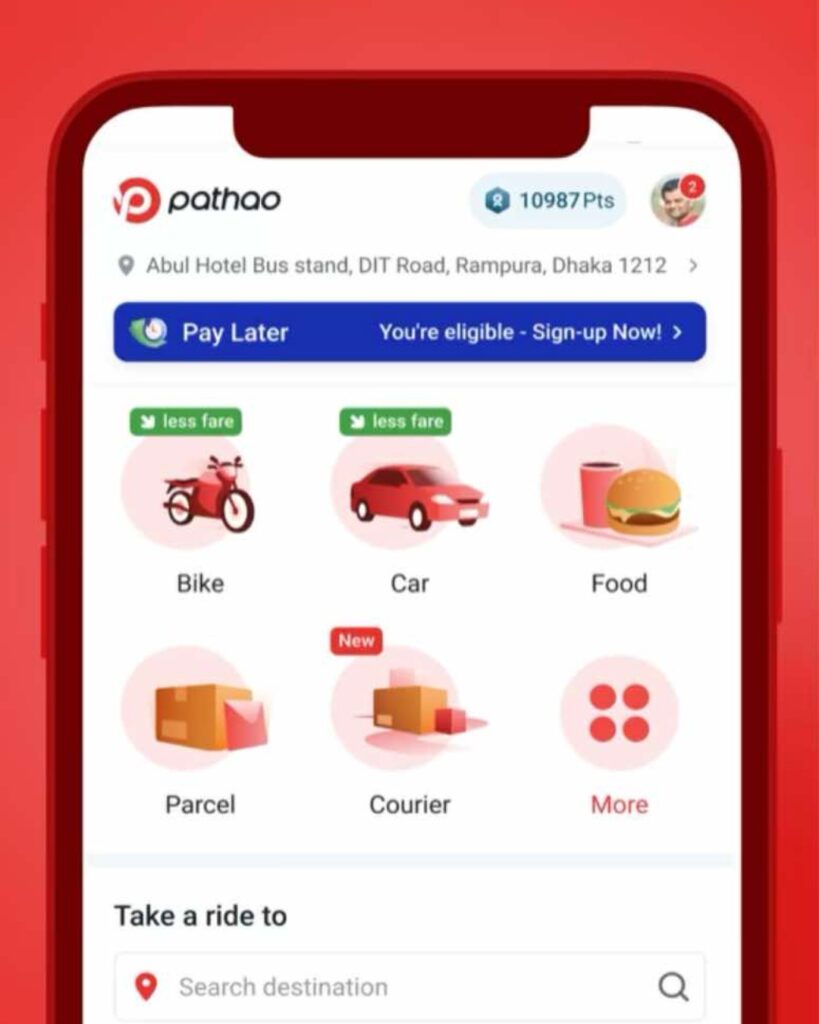

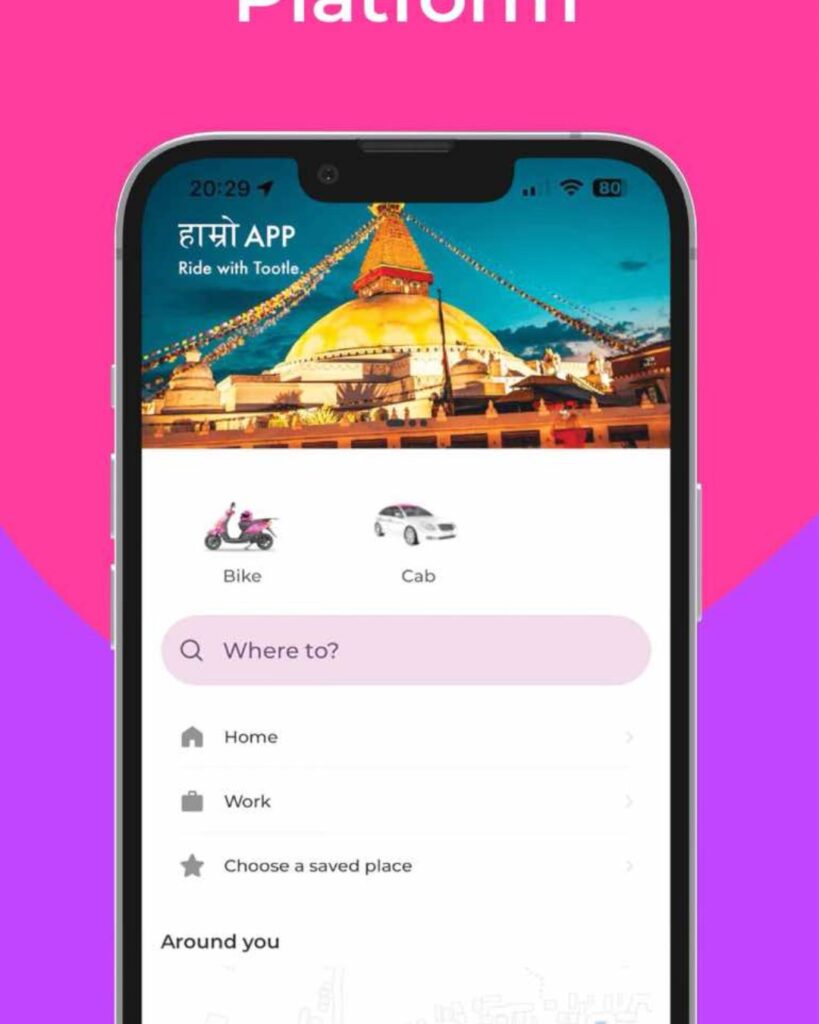
– compared to Japan, South Korea and Taiwan, you can expect a slightly higher level of English proficiency, perhaps even A2 (based on the European reference framework)
Old sayings like “better safe than sorry” and “fortune favors the prepared” hold true. Since Andy and I took our preparations seriously, what could possibly go wrong? All that’s left is to board the plane in Vienna bound for Kathmandu (with a layover in Delhi) and take off. Or is it…?
Just before boarding, we were called for an additional passport check. They took out a calculator and started counting. Some countries require that your passport is valid for six months after your entry. My passport missed this requirement by 24 hours and a Nepali official over the phone decided not to grant an exception. “We won’t let you into Nepal, don’t even board the plane.” You know what?
FUCK YOU!
DONKEY´S SPECIAL:
• On Friday, I ordered a new passport, we adjusted our plans over the weekend, and I picked up my passport on Monday, we then flew to South Korea.
• Later, besides the dengue fever outbreak, Nepal also experienced a Japanese encephalitis outbreak, and by the end of September, the country faced its worst flooding in 50 years.
• “You know what makes you feel good about losing? WINNING!” 🙂
-mj-